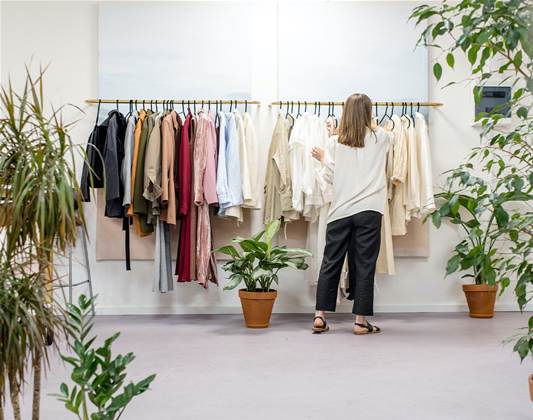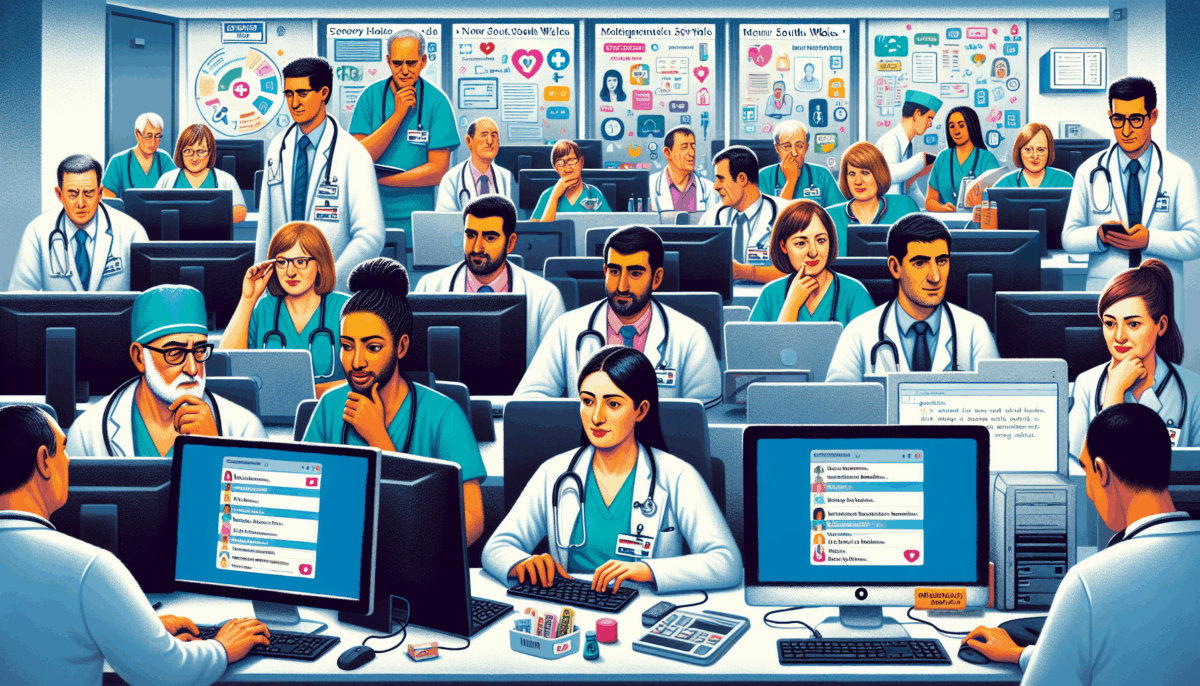Volkswagen ID. Buzz Ceases Production in the US After One Year, But Sees Growth in Australia
We independently review everything we recommend. When you buy through our links, we may earn a commission which is paid directly to our Australia-based writers, editors, and support staff. Thank you for your support!
Volkswagen ID. Buzz Gains Traction in Australia Following US Discontinuation

Quick Overview
- Volkswagen halts the ID. Buzz in the US after just one year, citing high cost and restricted range.
- The ID. Buzz achieves success in Australia, with 448 units sold between 2024 and 2025.
- The electric vehicle sector in Australia remains strong and encourages niche models such as the ID. Buzz.
- Australian pricing for the ID. Buzz begins at A$79,990 for the five-seater variant.
- Volkswagen Australia is actively broadening its electric vehicle range with no intentions of discontinuing the ID. Buzz.
The American Challenge for the Electric Bus
The discontinuation of the ID. Buzz in the US underscores difficulties such as a US$60,000 price point and a 234-mile range, which are less attractive for American consumers who favor long-distance travel.
Australian ID. Buzz Performance Tells a Different Narrative
Conversely, the ID. Buzz has experienced substantial success in Australia, achieving notable sales in the premium van sector, surpassing some diesel alternatives.
Local Pricing and Value Proposition
Starting at A$79,990, the ID. Buzz is marketed as a premium choice. Its reduced maintenance and fuel expenditures render it an appealing option for Australian families.
Market Conditions and the EV Transition
While the US undergoes a reassessment of electric vehicle strategies, Australia benefits from state incentives and a more welcoming environment for electric vehicles.
Implications for Future ID. Buzz Owners
Owners of the ID. Buzz in Australia can be optimistic, as the model continues to be a formidable presence in the local market. Production for Australia remains unaffected by the exit from the US.
The Path Forward for Volkswagen Australia
Volkswagen Australia’s ongoing dedication to electrification includes the ID. Buzz, which remains integral to its electric vehicle strategy.
Summary
The Volkswagen ID. Buzz may have encountered difficulties in the US, but its achievements in Australia highlight the diverse dynamics of global automotive markets. With strong sales and a dedicated following, the ID. Buzz is set to continue its journey in Australia.
Q&A
Q: Why was the ID. Buzz discontinued in the US?
A: The ID. Buzz was discontinued in the US owing to high costs and limited range, which did not align with American consumer preferences for long-distance travel vehicles.
Q: How is the ID. Buzz performing in Australia?
A: The ID. Buzz is doing well in Australia, with significant sales in the premium van sector and a solid fan base.
Q: What are the pricing details for the ID. Buzz in Australia?
A: The ID. Buzz starts at A$79,990 for the 5-seater Pro model, while the 7-seater variant starts at A$84,990.
Q: Will Volkswagen Australia discontinue the ID. Buzz?
A: There are currently no signs that Volkswagen Australia intends to halt production of the ID. Buzz, considering its success in the local market.
Q: How does the ID. Buzz fit into Volkswagen Australia’s EV strategy?
A: The ID. Buzz remains an essential component of Volkswagen Australia’s electric vehicle range, complementing models like the ID.3, ID.4, and ID.5.
For further information, visit Volkswagen Australia.













